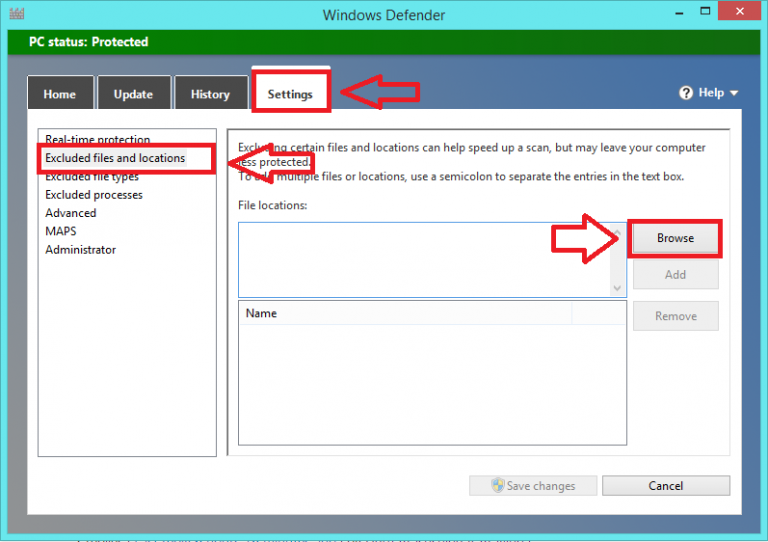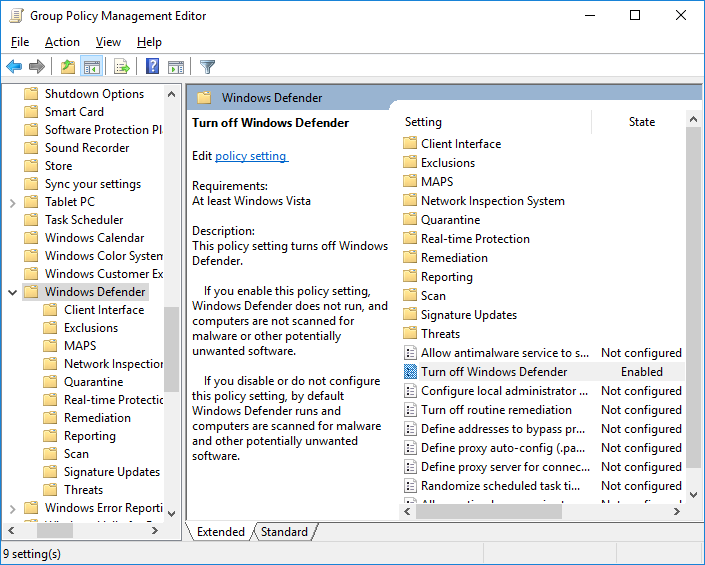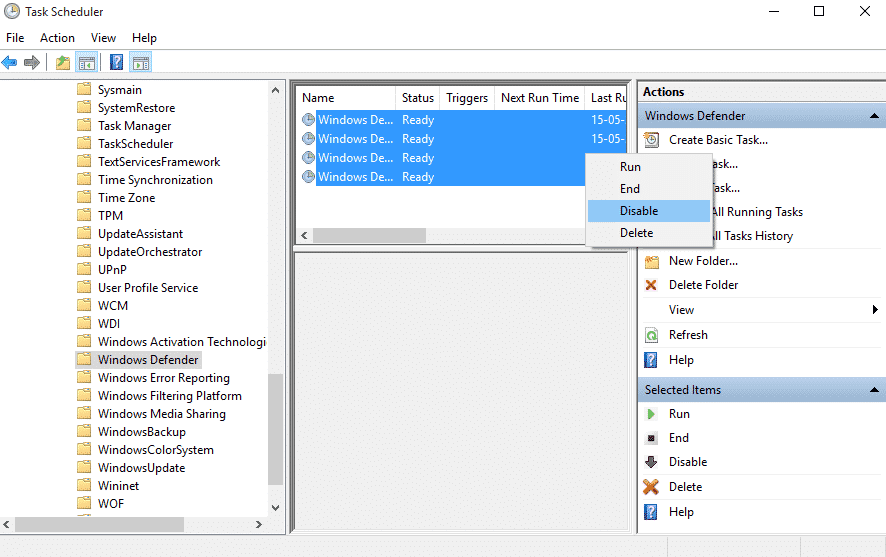

Replica and transfer logs – To do this, disable real-time monitoring of dpmra.exe, which is located in the folder Program Files\Microsoft Data Protection Manager\DPM\bin.Disable real-time monitoring – On the DPM server, disable real-time monitoring by the antivirus software for the following:.I've seen this happen many times and it usually ends up with a complete server rebuild.When using an AntiVirus product on your Microsoft System Center Data Protection Manager 2016 server you have to configure it appropriately. This is required to prevent anti-virus/anti-malware solutions from potentially corrupting the Exchange Server installation, worker processes, and databases. The entry will be called "HttpRequestFilteringModule" and it must be present for AMSI integration to work.ĪMSI helps keep your Exchange servers protected from malware, but it's still imperative to set the antivirus exclusions for Exchange Server as per the article, Running Windows antivirus software on Exchange servers on Microsoft Docs. This provides automatic mitigation and protection that compliments the existing antimalware protection in Exchange Server to help make your Exchange servers more secure.īecause we know that some of our customers modify the web.config file on their Exchange Server, we wanted to let you know that installation of the June 2021 CUs will add a new section in the web.config of every HTTP service under. The scan is performed in real-time by any AMSI-capable antivirus/antimalware solution that runs on the Exchange server as the server begins to process the request.

It is not available for Exchange 2016 running on Windows Server 2012 or Windows Server 2012 R2.ĪMSI integration in Exchange Server provides the ability for an AMSI-capable antivirus/antimalware solution to scan content in HTTP requests sent to Exchange Server and block a malicious request before it is handled by Exchange Server.

For Exchange 2016, AMSI integration is available only when running on Windows Server 2016. AMSI exists in Windows Server 2016 and Windows Server 2019, and the new integration is available in Exchange 2016 and Exchange 2019 when running on either of those operating systems. Here's the Microsoft announcement which includes links to Exchange Server 2019 CU 10 and Exchange Server 2016 CU 21: Exchange Server AMSI IntegrationĪs mentioned in our recent blog post, the June 2021 CUs include new Exchange Server integration with AMSI ( Antimalware Scan Interface). The Antimalware Scan Interface (AMSI) allows antivirus software, such as Windows Defender which is installed by default on Windows Server 2016 and Windows Server 2019, to dynamically scan for malware such as the web shells created by the HAFNIUM attack earlier this year. Microsoft released the June 2021 Quarterly Exchange Updates which now includes Exchange Server AMSI integration.


 0 kommentar(er)
0 kommentar(er)
